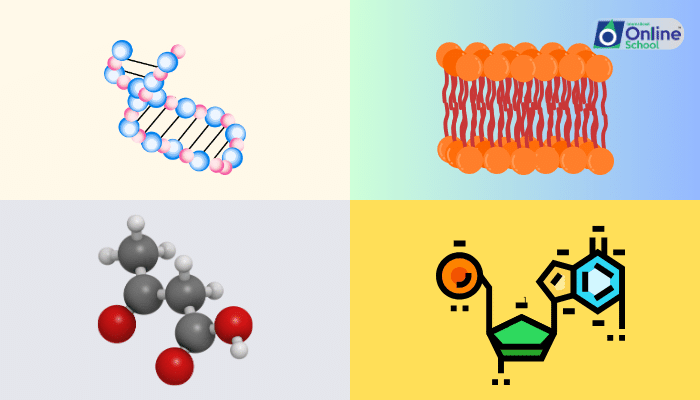
Learning Outcomes:
i. Students will be able to define biomolecules and explain their significance to living organisms.
ii. They will identify and provide examples of micromolecules.
iii. Students will distinguish between micromolecules and macromolecules, understanding their different roles and functions.
iv. They will recognize the four major types of macromolecules and describe a key function of each.
Description:
Dive into the fascinating world of biomolecules, the essential components that form every part of living beings. These are the chemicals that build the structures of life, much like bricks build a house. From the smallest molecules to the large ones that make up our cells, biomolecules are vital for all life processes.
Understanding Biomolecules: We will start by defining biomolecules as the variety of molecules that are necessary for life. These are the special parts that come together to make cells, which then make up all living things.
Small But Mighty Micromolecules: Micromolecules are the smaller parts in this biological construction set. They are like the tiny nuts and bolts in a machine, small but essential. Examples include simple sugars and amino acids, which are the small pieces that create the proteins in our body.
The Big Players: Macromolecules: Macromolecules are like the big panels and beams that make up the structure of a building. They are made of many micromolecules joined together. We will learn about proteins, which do all sorts of jobs in the body; nucleic acids, which carry the instructions (like DNA); carbohydrates, which give us energy; and lipids, which store energy and keep us warm.
Self-Study Questions:
i. What are biomolecules, and how are they crucial for life?
ii. Give two examples of micromolecules and their functions.
ii. How do micromolecules differ from macromolecules in biological systems?
iv. Identify the four main types of macromolecules and the role each plays in the body.
v. What is the significance of proteins and how are they formed in the body?
vi. Describe the role of DNA within cells.
vii. Why are carbohydrates important, and how do they power the body?
viii. Explain the functions of lipids in living organisms.
ix. Consider how different biomolecules interact within a cell.
x. Reflect on why a balanced diet is important for providing the necessary biomolecules.